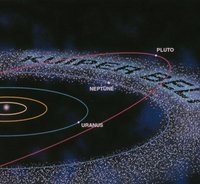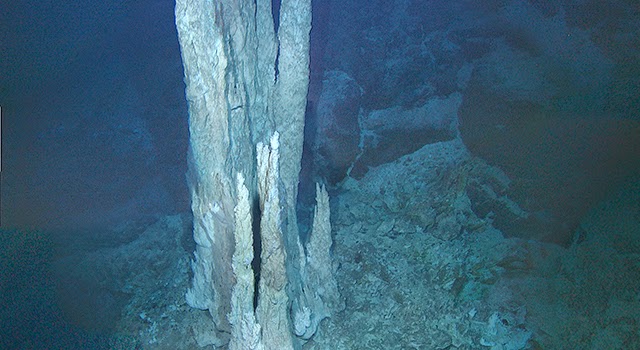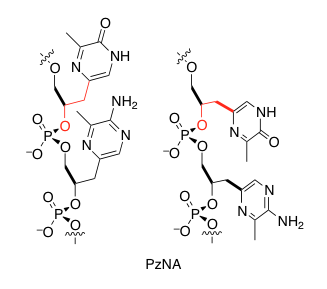
I will present recent results from the newly established W.M. Keck Research Laboratory in Astrochemistry regarding the formation of complex organics starting from simple ices relevant to a variety of astrophysical environments spanning Kuiper Belt Objects (KBOs) to interstellar medium (ISM) grain mantles upon interaction of these icy bodies with ionizing radiation. Specifically, we have utilized a novel application of reflection time-of-flight mass spectrometry (ReTOF) coupled with soft vacuum ultraviolet photoionization to observe high mass, complex organics as a function of their respective sublimation temperature.
Surfaces of KBOs are composed of simple carbon, hydrogen, oxygen, and nitrogen containing molecules e.g., water, methane, carbon dioxide, methanol, and nitrogen. Similarly, micron sized dust grains covered with an icy mantle of simple molecules are ubiquitous throughout the interstellar medium. The surfaces of these bodies have undergone millions of years (ISM grains) to billions of years (KBOs) of chemical processing due to ionizing radiation from Galactic Cosmic Radiation and the Solar wind (keV H+, He++, and Lyα). Laboratory experiments have unequivocally shown that energetic processing of icy surfaces by ionizing radiation will produce complex organics. These organics may then sublime for instance, via photodesorption, grain – grain collisions, shocking of the interstellar medium and/or direct thermal sublimation via hot cores.
Our research conducted so far has been focused on trying to understand how these ices have chemically evolved by simulating the processing via ionizing radiation in an ultrahigh vacuum chamber coupled with a variety of optical analytical spectroscopies (FT-IR, Raman, and UV-Vis) along with gas phase mass spectroscopy. Despite numerous previous experimental investigations examining the effect of ionizing radiation on simple astrophysical ice analogues, our results suggest that there is still a vast unknown collection of molecules are formed upon exposure of these ices to ionizing radiation. For example, results from ReTOF spectroscopy of products synthesized from the energetic processing of a simple amorphous methane ice indicate that over 50 hydrocarbon molecules with distinct m/z ratios (up to C22Hm) and sublimation temperatures are formed easily under conditions relevant to the outer solar system environment. In addition, organic molecules such as glycolaldehyde, ketene, and glycerol are evident in simple ices of pure methanol and binary mixtures of carbon dioxide with methane and carbon monoxide with methanol upon interaction of these ices with ionizing radiation.
 Investigating Habitable Environments on Mars Using Orbital and Rover-Based Imaging Spectroscopy
Investigating Habitable Environments on Mars Using Orbital and Rover-Based Imaging Spectroscopy Chemical Gardens, Chimneys, and Fuel Cells: Simulating Prebiotic Chemistry in Hydrothermal Vents on Ocean Worlds
Chemical Gardens, Chimneys, and Fuel Cells: Simulating Prebiotic Chemistry in Hydrothermal Vents on Ocean Worlds The Synthesis of an Artificial Genetic Polymer: From Small Molecules to Proto-Nucleic Acids
The Synthesis of an Artificial Genetic Polymer: From Small Molecules to Proto-Nucleic Acids Quantifying Constraints on Metabolic Diversity Patterns
Quantifying Constraints on Metabolic Diversity Patterns